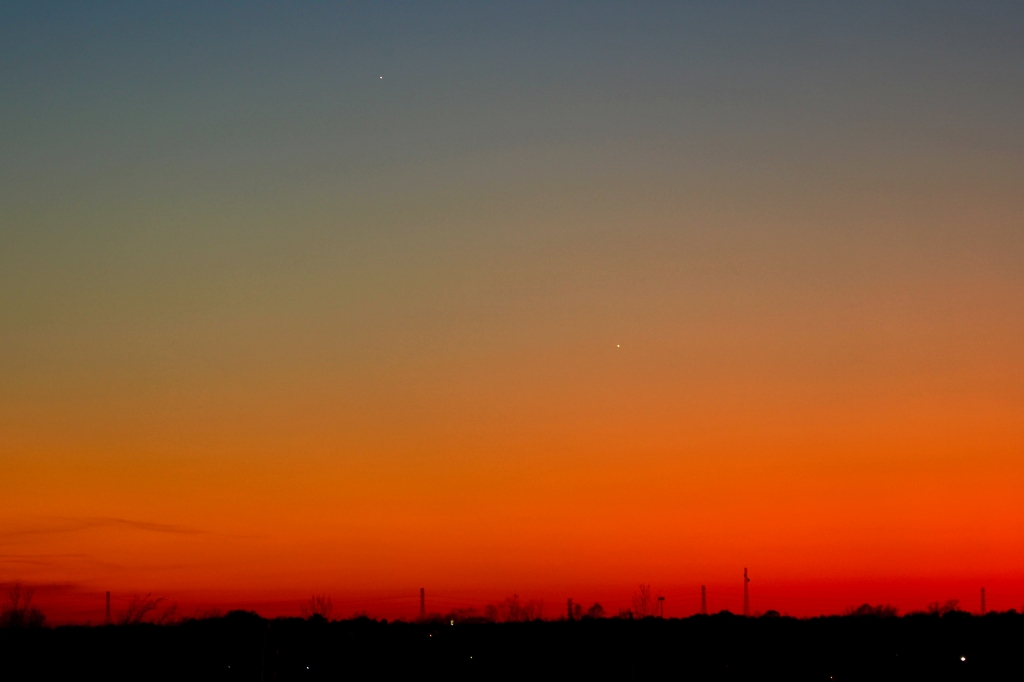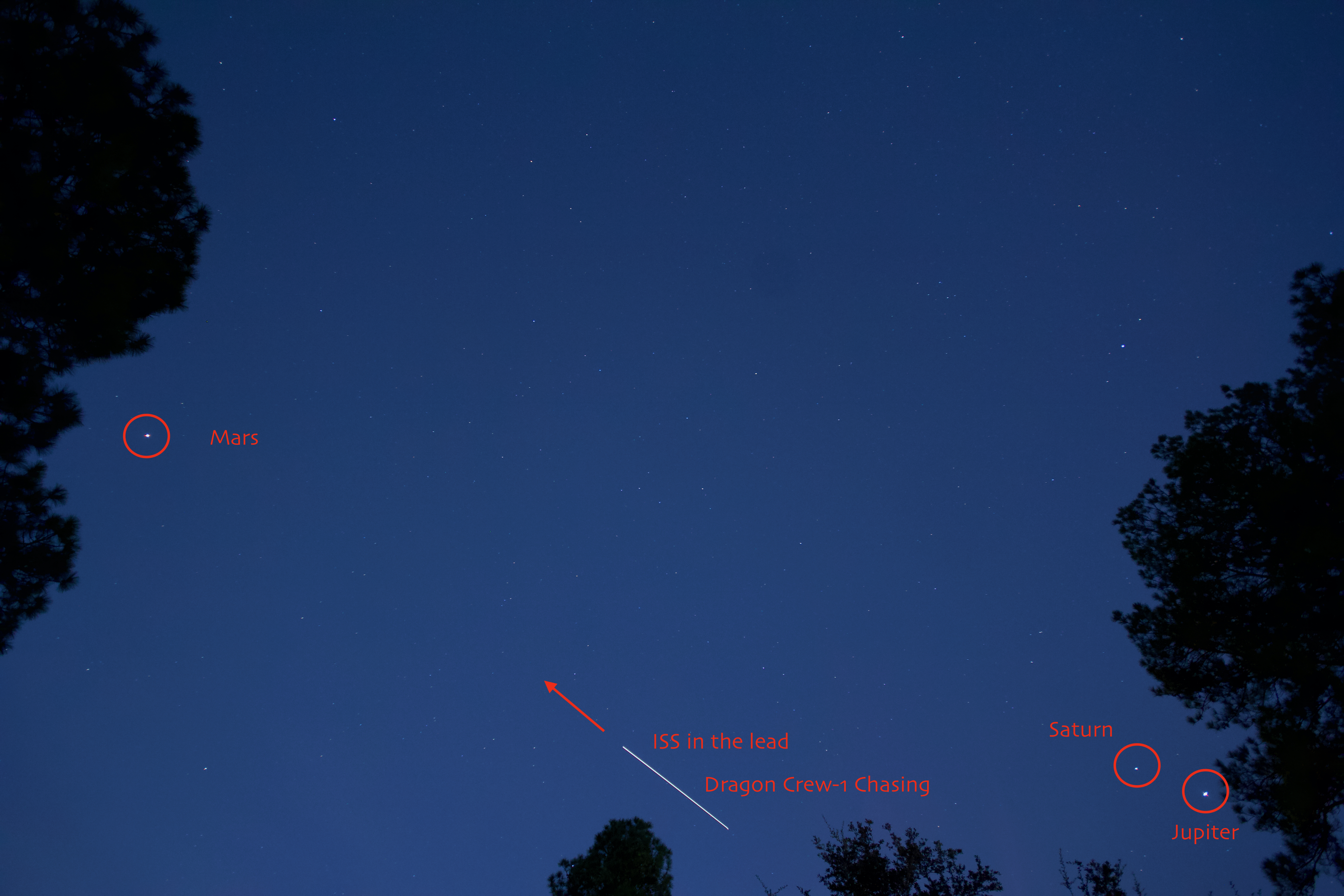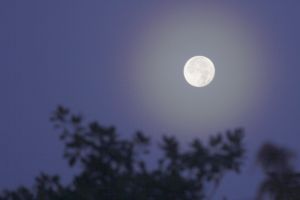Last weekend we took a break and visited Dell City, Texas, where we stayed in a lovely B&B, enjoyed gorgeous sunsets and sunrises over the Guadalupe and Cornudas Mountains, and enjoyed seeing the stars and planets.
As the song goes (sing it with me, y’all):
The stars at night
Are big and bright
Deep in the heart of Texas!
It is true!
And I had great fun trying to get some good pictures of the beautiful sky full of stars. But just like folks buying new telescopes need to be reminded that they won’t get the views that they see in the published pictures from the Hubble Space Telescope, I had to learn that the view from a telephoto lens isn’t the same as the view from an 8-inch telescope. So the Messier objects, which are nice objects to find in my 8 inch telescope, are mostly fuzz balls with my telephoto lens, even with a sky-tracking camera mount and the ability to take a long picture.
The other thing I had to deal with was an embarrassment of riches – there were so many stars that it was hard to make out the constellations.
I started the evening of April 27 trying to find the two brightest available comets, but they were really too dim to be seen. I did get familiar with the constellation Leo, and saw a beautiful meteor pass through it – it’s even in my picture, though it’s very faint and you have to zoom in.
This slideshow requires JavaScript.
Camera geek info:
- Canon EOS 60D in manual mode set at f/4, 30 second exposure, ISO 1000
- Sigma 24-70 mm f/2.8 EX lens, set at 24 mm, manual focus
- iOptron SkyTracker with ballhead
- Tripod
I turned from there to finding Messier objects, and found M13 in Hercules, M4 in Scorpio, and M80 in Scorpio. Fuzzballs all.
This slideshow requires JavaScript.
Here’s a closeup of M4 with the blinking lights of an airplane. (M4 is the fuzzy one.)

Camera geek info:
- Canon EOS 60D in manual mode set at f/4, 30 second exposure, ISO 1000
- Canon EF 70-300mm f/4-5.6L IS USM lens, set at 70 mm, manual focus
- iOptron SkyTracker with ballhead
- Tripod
Finally, I waited until Jupiter rose to get a picture of it with its line of moons.

Camera geek info:
- Canon EOS 60D in manual mode set at f/4.5, 30 second exposure, ISO 1000
- Canon EF 70-300mm f/4-5.6L IS USM lens, set at 150 mm, manual focus
- iOptron SkyTracker with ballhead
- Tripod
The next evening it was cloudy, so we got up early the following morning for a last view of the stars. It was totally worth it – we got a lovely view of Sagittarius between Jupiter and Saturn and the Milky Way just before dawn.
This slideshow requires JavaScript.
Camera geek info:
- Canon EOS 60D in manual mode set at f/5, 30 second exposure, ISO 1000
- Sigma 10-20 mm f/4-5.6 lens, set at 13 mm, manual focus
- iOptron SkyTracker with ballhead
- Tripod
I also was able to zoom in on Jupiter and a couple more Messier objects.
This slideshow requires JavaScript.
Camera geek info:
- Canon EOS 60D in manual mode set at f/4, 30 second exposure, ISO 1000
- Canon EF 70-300mm f/4-5.6L IS USM lens, set at 70 mm, manual focus
- iOptron SkyTracker with ballhead
- Tripod
I’ll finish with Venus at sunrise on April 27.

Camera geek info:
- Canon EOS 60D in manual mode set at f/7.1, 1/8 second exposure, ISO 100
- Sigma 24-70 mm f/2.8 EX lens, set at 24 mm, autofocus
I can’t wait to go back and try this again!






















